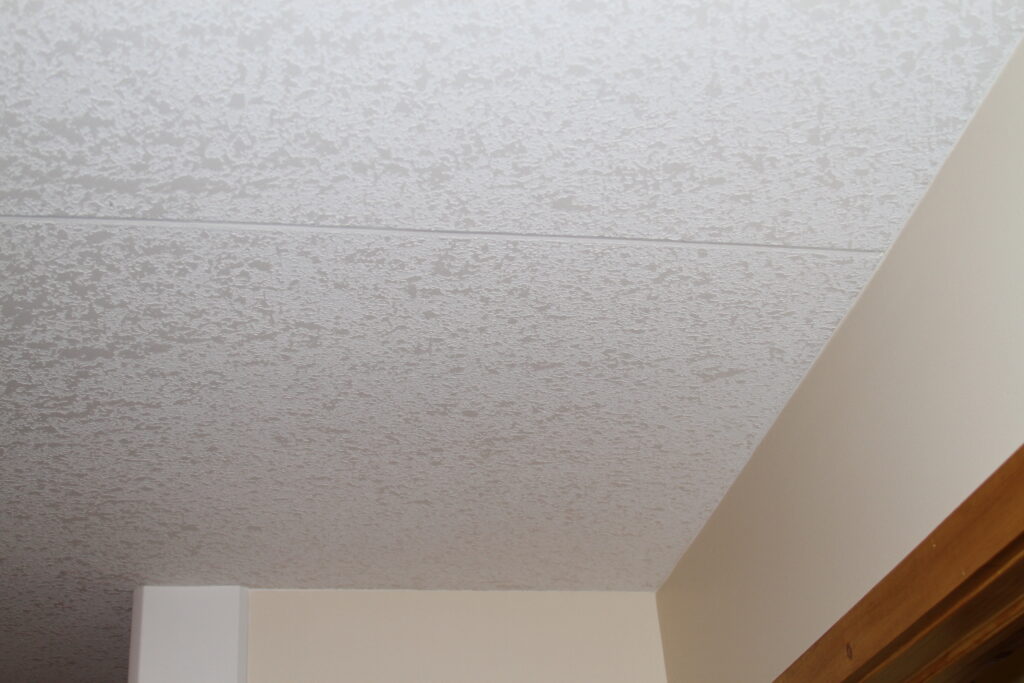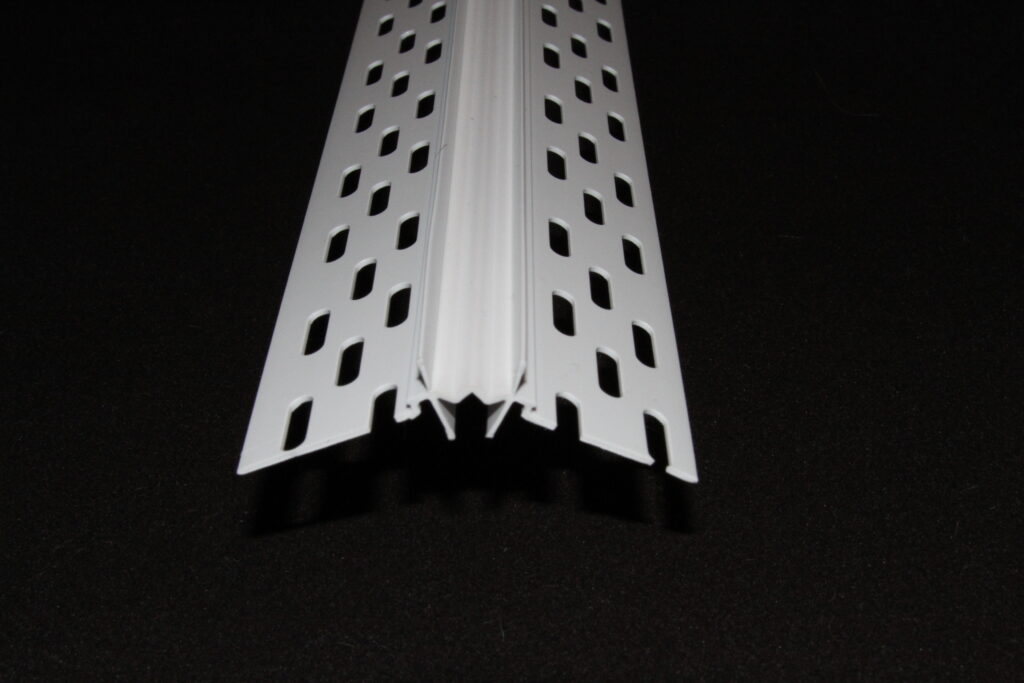Expansion Beads in Residential Construction
By Myron Ferguson

This has happened to me many times over the years. I will be in someone’s house either visiting or there to give an estimate for some work. I will notice a bump in a larger ceiling or on the walls going up to the second story. The homeowner may even point these out to me while stating that the guy who did the drywall work just didn’t do a good job.
These ceilings and walls are often large areas, over 20 feet long. An expansion joint is recommended for ceilings and walls every 30 feet. But I have found that there can be problems on shorter spans if there is excessive structural expansion and contraction. The other common problem area is where there are transitions in the framing such as in stairways or on gable end walls.
I just never see expansion beads used in residential construction. I mean, I do occasionally use an expansion bead because I am very aware of the 30 ft recommendation. But I would use them more often if the homeowner or contractor would let me. The problem is that an expansion joint does create a visible line either going across a section of ceiling, horizontal on a stairway wall, or vertical on a long wall. They are nice clean straight lines that have a rubber center that moves as materials move. The movement is absorbed and the seams don’t crack or ridge. It’s funny because even when I looked up information on expansion beads it came up only under the commercial beads category.
I was at a house the other day that had engineered wood floors. The entire main living area was covered with the flooring. The floor had buckled in two places. One in a door way and the other about14 feet away in another area where the floor narrowed up. The floor expanded. It was late summer and the humidity was high. I don’t know for sure but the floor may settle down when winter comes and the heat is running and humidity levels are much lower. This is the same thing that happens with drywall. If it expands enough it will have to buckle up somewhere.
I am sure that whoever installed the floor left a gap around the edge to allow for some expansion. But the building width was about 40 feet. The floor buckled at the narrow locations because they were the weakest points. The small perimeter gap was not enough. The floor needed to have a place where the movement could be absorbed. The floor had to be allowed to move. What was needed was an expansion joint. I think just installing a floating threshold in the door way would do the trick. The threshold would cover a wider gap in the flooring.
I looked up information at the Gypsum Associations website www.gypsum.org and found a document titled “Recommendations for the Prevention of Ceiling Cracking (GA-227-13).
When referring to the movement of wood framing with drywall attached the document stated;
“In many cases, the amount of dimensional change, as a percent of the material’s original dimension is insignificant and uneventful. However, the actual amount of dimensional change is a function of the size of the individual elements. When framing spans approach or exceed 15 feet, the differences between the expansion coefficients of these two materials become significant. Typically, the result can be ceiling cracks at gypsum board joints located near the centerline of the span.”
I think that says it all.
